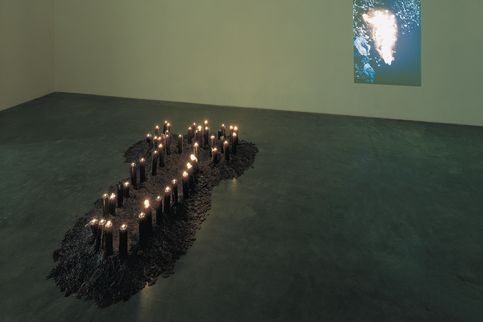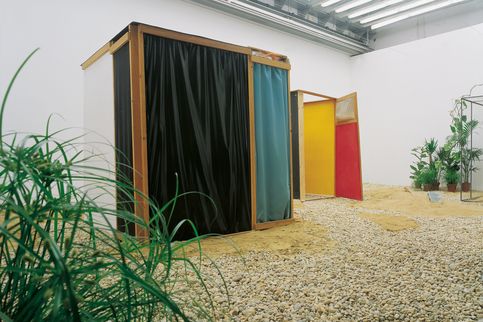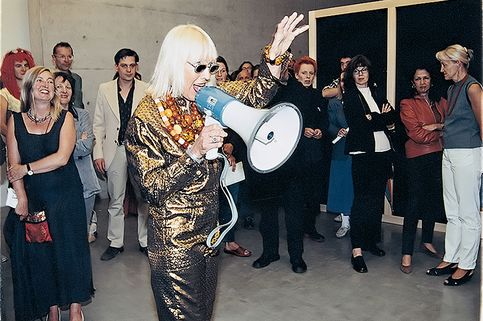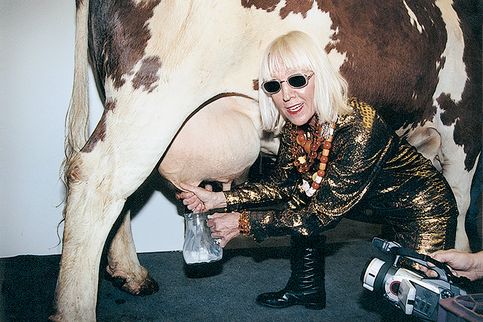vivências
life experience
Curator: Sabine Breitwieser
Consultant: Guy Brett
Curatorial Assistance, Exhibition production: Hemma Schmutz
With the kind support of
The Triest
Schmitzer, Roof and Building GMBH
Instituto Cervantes: Spanish Cultural Institute
Works by Luis Camnitzer, Lygia Clark, Alberto Greco, David Lamelas, Lea Lublin, Cildo Meireles, Ana Mendieta, Marta Minujin, Helio Oiticica.
Vivencias, the title of the exhibition, which was taken from the Portuguese, attempted to convey within a single word the specific focus on art and life within the works of Latin American artists in the sixties and seventies. These artists had an intense exchange with colleagues and art movements in Europe and North America. During the sixties, however, after a period of assimilating the western metropolises' modernist perspectives on art, attention began to shift towards an involvement with local living conditions. The driving force behind many of their artistic articulations in film, music, literature, and the visual arts was not a revisiting of folklore traditions, in the sense of returning to one's roots, but rather, a bold new definition of the artists' own cultures - mixed with aggression, but also with pleasure.
The physical, tactile, and visual participation of the public, a tendency towards collective forms of work, as well as an involvement in political, social, and ethnic questions were all characteristics of this new type of art, which used inexpensive and readily available materials. The emerging electronic media of the time were being used and reflected upon relatively early in comparison with international standards. All of this aimed towards a democratization of the arts and its reintroduction into daily life. Artists were defining themselves as mediators, sometimes also as educators, and even as therapists. Some took over the role of the anthropologist while others were even employing their artistic activities to expose political iniquities.
Yet how could the public be enabled to experience these artistic precepts, in some cases twenty or thirty years after the event and transplanted into a completely different social and political context? In ”vivencias”, visitors’ immediate physical involvement and active participation was encouraged. For this purpose, a series of large-scale works have been specially reconstructed and newly re-installed. These installations could thus be utilized interactively and have moved beyond the musealization of art objects. The artists defined their works as expressions of their own life experiences. Visitors attending the exhibition had been instructed to share the links, but also the cracks, that lead towards these experiences.







